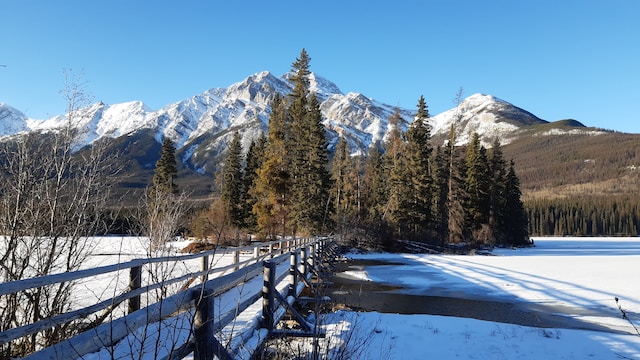Alberta relies on melting snow and rain for most of its water. A lack of rain and early depletion of mountain snow led to drought in parts of the province this summer and below average precipitation has continued through the fall.
The government is issuing a request for proposal to help conduct modelling throughout the winter, and to work with municipalities, water users, industry and others to explore ways to maximize the province’s water supply, if needed.
This is part of Alberta’s work to help conserve and manage water now and be prepared for the future. Throughout the winter, Alberta’s government will be working with partners across the province to find ways to manage and conserve water, and to develop plans for 2024.
“When it comes to water, we are all in this together. We cannot make it rain or snow, but we are preparing in case the province faces water shortages next year. This RFP will help complement the work my department already has underway to ensure that we make the most out of every drop in the coming months.” – Rebecca Schulz, Minister of Environment and Protected Areas
Alberta has dealt with drought conditions in two of the past three years, with 2023 being a particularly dry year. The province is currently at stage 4 (of five) of its water shortage management plan. Moving to stage 5 would include an emergency declaration under the Water Act.
This is part of the Alberta government’s work to support the province and prepare for next year. Along with this RFP, government officials are meeting with municipalities, water users, farmers, industry and others to share information and look at ways to help conserve water where possible in the coming months. A water advisory committee of experts from outside of government will also be formed to provide advice and recommendations. More information will be announced in the coming weeks.
Quick facts
- Over the spring, summer and fall of 2023, Alberta took important actions, such as working closely with municipalities and helping livestock and poultry producers in hard-hit areas to find alternative sources of water. In some basins, water restrictions were put in place for licence holders and some municipalities also put voluntary or mandatory water restrictions in place to help conserve water.
- The governments of Alberta and Canada are providing $165 million to support livestock producers affected by drought and extreme growing conditions.
- In October, the last month when rivers are completely free of ice, many river stations in Alberta experienced record low average monthly flows.
- Bow River at Calgary was the second lowest it has been since 2000.
- Elbow River at Bragg Creek was the lowest it has been since 2000.
- Sheep River at Black Diamond was the second lowest it has been since 2000.
- Willow Creek near Claresholm was the lowest it has been since 2000.
- Oldman River at Lethbridge was the third lowest it has been since 2000.
- South Saskatchewan River at Medicine Hat was the second lowest it has been since 2000.
- Peace River at Peace River was the lowest it has been since 2000.









